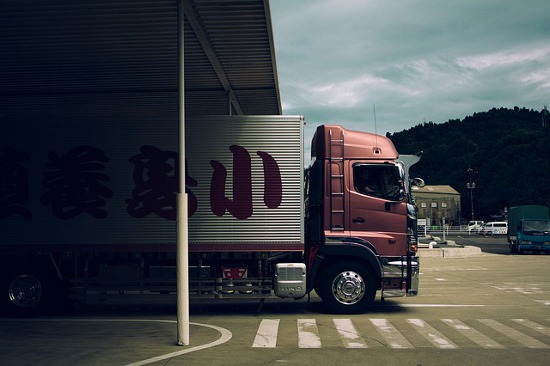Transporting huge orders of food items across borders is not a simple task. A lot needs to be taken care of, and if you as a business owner overlooking even one aspect can end up in big losses for you. Perishable items, in general, are quite risky to transport. But if you know the ins and outs of the trade and refuse to compromise on security, you can transport them without causing any damage. In this article, we have compiled a comprehensive list of tips to help you navigate bulk food grade transportation in the best ways possible:


Train your staff thoroughly
Your staff should be well versed in dealing with these kinds of orders. Train them to handle food-grade items using methods that are in line with the latest guidelines and technology as well. Regular workshops and comprehensive training manuals can also go a long way. By taking all these measures, you can ensure that they have all the knowledge required to carry out safe transportation on the road too.
Take care of the temperature
Dairy products are the most vulnerable to attacks from bacteria over an extended period. As different foods exhibit different effects under the same temperature, you need to do research to find out which temperature is the best for bulk liquid food grade transportation. If the temperature inside the containers and vehicles at large is not right, you might end up with severely spoiling the products. That is why climate control inside your vehicle is essential for ensuring that your order reaches in the best shape and quality to your clients.
Pasteurization
Food orders that contain liquids should be dealt with utmost care. Thus, pasteurization is an excellent way to make sure the liquids you are transporting do not go bad on the road. Pasteurization is a very common method that helps in drastically increasing the shelf life of substances like milk. It is a twofold process – it involves heating the liquid to a set temperature, and then cooling it down rapidly. Lastly, sealing it properly. It is done to decrease the rate at which microbes grow. You can choose a method of pasteurization that best suits the amount of shelf life you need – from a couple of weeks to even months.
Sterilization
Sterilization is a method that helps you to thoroughly remove all the microbes and bacteria from the liquids as well as solids you have to transport. These microbes can be anything from spores, fungi, bacteria to viruses. A lot of different technologies can be put into use to achieve this, like chemicals, heat treatments, or irradiation. After the treatment, the items are placed in airtight containers. However, keep in mind that sterilization has some negatives attached with it too. It is said to cause changes in the taste of the food. And, can also cause the removal of the good bacteria from the food as well. That is why this method must be employed with utmost caution and knowledge.
Canning
Canning is yet another form of preserving food items and increasing their shelf life by a lot more. It is mostly used to store items like fruits and vegetables. To retain the nutritional content of these foods, they are canned as soon as they get harvested. They can be blanched, cored, or peeled as required. Canning involves storing these items in airtight containers and using heat treatment. The heat treatment can be used with a range of temperatures, as each of them will give the results for a corresponding duration. Vacuuming the contents is optional. For the containers, aluminum is the most preferred material as it does not rust and is very light in weight as well.
Put detailed processes in place
By conducting comprehensive checks and inspections at regular intervals, you can rest assured that your products are being transported in the right manner along each stage. Labels are something that needs a lot of focus. So, you must make sure that old labels are removed and the new ones on the containers match the contents accordingly. Other checks for temperature and humidity control will also ensure that any slip up does not go unchecked for a long duration of time.
You can also make use of various apps or technologies to help you out with managing and tracking your products during Bulk liquid food grade transportation. These measures make things easier employees as well as prove to be beneficial for the customers. There are many other things, such as warding off any infection or preventing fungi.
Freight management is, without a doubt, a crucial process and should be performed with utmost care. One slight might can ruin the whole bulk of food or liquids. Hence, make sure that measure has been followed with accuracy and products are secured during the transportation.

























